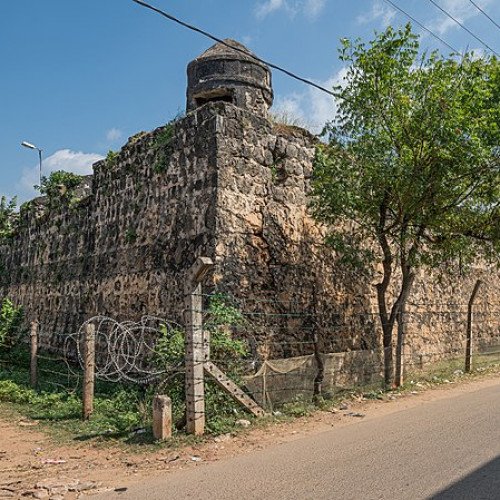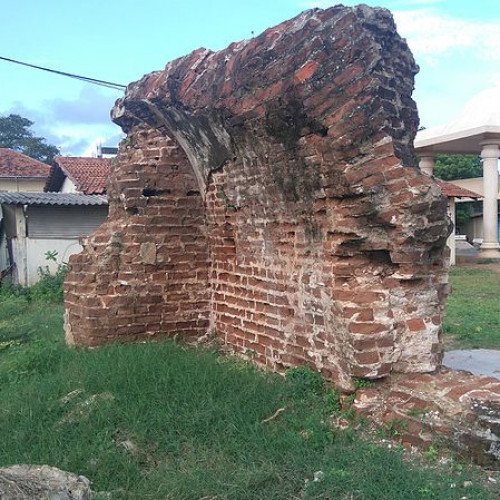Castles of "Sri Lanka" KALPITIYA FORT vs MULLAITIVU FORT

KALPITIYA FORT
Kalpitiya Fort (Sinhala: කල්පිටිය බලකොටුව Kalpitiya Balakotuwa; Tamil: கற்பிட்டிக் கோட்டை, romanized: Kaṟpiṭṭik Kōṭṭai) was built by the Dutch between 1667 and 1676. Kalpitiya was important as it commands the entrance to the adjacent bay, Puttalam Lagoon. The surrounding Puttalam area was one of the major cinnamon cultivation areas in Sri Lanka. The Dutch even constructed a canal from Puttalam via Negombo to Colombo to transport cinnamon from the area. Kalpitiya was known by the ancient Tamils as Kav Putti and was a popular hub for Arab merchants. In 1544 the Portuguese invaded the area, naming the area Kardiv Island. The King of Portugal bestowing the territory to the Jesuits, who built a chapel here, established a small garrison to defend it. In an effort to free the port from the Portuguese the King of Kandy, King Rasjasinha II, sought assistance from the Dutch, who in 1659 conquered the area but did not return it to the King. Instead, they commenced construction of a fort in 1667, which was completed in 1676. Kalpitiya was strategically important for the Dutch East India Company (VOC), as it enabled them to control the external trade of the Kingdom of Kandy, by controlling the large Muslim trading community in the area. The fort is nearly square in shape, with walls about 4 m (13 ft) high, constructed out of coral and limestone from the surrounding area. It has a single entrance, which fronts the lagoon, which has a pediment, with a belfry above and looks like the entrance to a church. The yellow bricks that comprise the entrance arch were reportedly brought especially from Holland. The story is that the King of Kandy had granted permission only to build a church here and that the Dutch had built the arch to mislead the King into believing that this was simply a fortified church.
Statistics for this Xoptio

MULLAITIVU FORT
Mullaitivu fort (Tamil: முல்லைத்தீவுக் கோட்டை, romanized: Mullaittīvuk Kōṭṭai; Sinhala: මූලදූව බලකොටුව Mūladūwa Balakotuwa) was built by the Dutch in Mullaitivu, Sri Lanka. The original fort, a small wooden structure with palisades and earth, was erected in 1715. In 1721 the Dutch constructed a quadrangular fort on the site. The fort was initially erected to control the unauthorised commerce between the Chetties and the Kingdom of Kandy, it subsequently formed part of a strategic defence of Dutch territory against the Vannimai. The fort was rebuilt by British during their occupation of the country in 1795. On 25 August 1803 the fort was captured and destroyed by forces led by Pandara Vanniyan. The commander of the fort, Captain von Driberg, and his troops garrisoned at the fort managed to escape by boats to Jaffna. Pandara Vanniyan and his forces were subsequently defeated by Captain von Driberg and the British troops at Kachchilamadu on 31 October 1803.